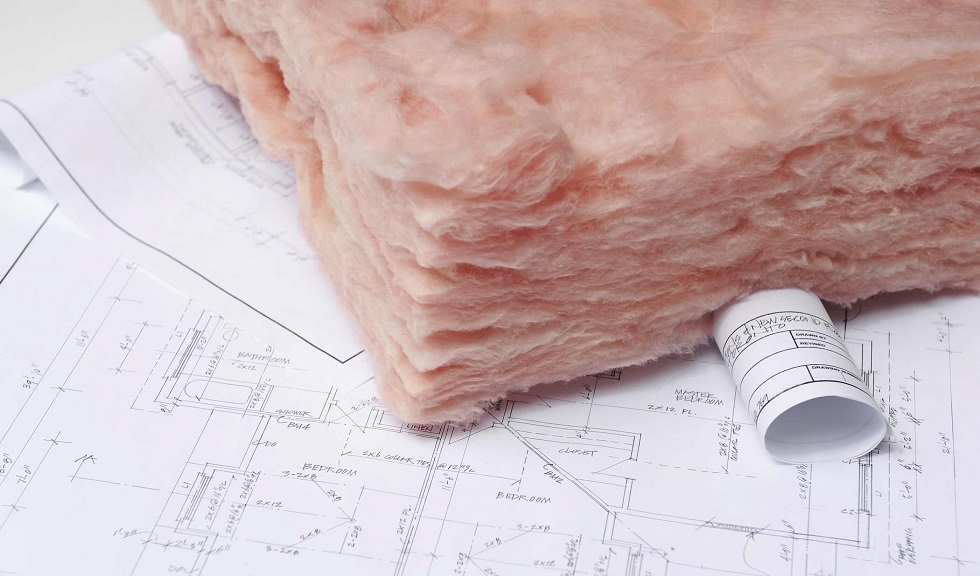There are different types of insulation products on the market today; each type has different properties and different pros and cons. An important question to consider when looking for different insulation products is: “What is the best type of insulation for my home?” Read more about the different types of insulation available, as well as their advantages and disadvantages, below.
Understanding R-values to find the best home insulation type
R-value is an important measure of insulation performance. It determines how well a home’s air and heat flow in or out, so higher R values will provide greater savings on your next heating/cooling bill. The R-value of insulation is different depending on the thickness, density, and type of material. The thicker the insulation, the higher the R-value. Different types of insulation materials have different R-values. For example, fiberglass has a higher R-value than batt insulation because it’s denser. With that background, let’s talk about some of the more popular options to help you figure out what is the best home insulation for you to keep your home comfortable and reduce your energy bills.
Batt and blanket insulation
The different types of insulation each have different benefits. Blanket batts and rolls are the most cost-effective type of insulation material that is available on the market. Many people with different budgets find this style to be the best option.
Pros:
- Provides a medium level of R-value compared to other types of insulation
- Economical
- Durable and strong enough for batt or roll installation without any additional support
Cons:
- Not the best insulator with air movement since it gets bulkier with time
- Poor quality insulation when attached to paper drywall, plasterboard, or unpainted plywood because it will peel and leave gaps
Foam board insulation
Foam board insulation is also known as rigid foam board insulation. Unlike batt insulation, it is a board with a closed-cell polyisocyanurate foam core and comes in different thicknesses and densities. It doesn’t require any additional support for installation and does an excellent job of keeping air movement to a minimum. The R-value of rigid foam board insulation typically ranges from 4.5 to about 6.5 per inch of thickness.
Pros:
- Provides a higher level of R-value than other types of insulation
- Expanded Polystyrene board (also known as EPS) foam boards are among the greenest insulation options as they do not use Hydrochlorofluorocarbons which damage the ozone layer
- Protects against fires
Cons:
- Requires tight fitting to avoid gaps that allow for air leaks
- Not as durable as blanket batts or rolls because it’s prone to breaking down over time causing reduced R-values
Reflective/Radiant Barrier Insulation
Reflective insulation is a cleverly designed product with the capability of reflecting heat away from your home. The reflective barrier is made up primarily of aluminum foil and paper or polyethylene bubbles can be used in warmer climates where it’s necessary to prevent radiant heating loss due to warmer air transferring its warmth onto cooler surfaces indoors.
Pros:
- Reduces heat loss in climates where warmer air can transfer its warmth onto cooler surfaces indoors (e.g. warmer climates).
- Reflective insulation is flexible and can be used in different ways: It can be stapled to the underside of the roof decking, installed with metal channels, or applied to floors with a vapor barrier between it and the building materials.
Cons:
- Doesn’t provide good insulation when installed with different types of material such as paper drywall, plasterboard or unpainted plywood since it will peel and leave gaps
- Can be expensive
Spray foam insulation
Spray foam insulation is the quick and easy way to insulate your home. It can seal leaks, gaps in walls or other parts of a building’s framework– all without causing any damage! Spray polyurethane expands into place when they contact air moisture – just like regular putty (but less messy). You’ll want an open-cell spray for high efficiency at lower costs; closed cell has more density but also has a longer drying time. Closed cell spray foam insulation has the highest R-value available, at around 6.2 per inch.
Pros:
- Provides a higher level of R-value than other types of insulation
- Protects against fires
- Spray foam insulation can be used in different ways. It can be applied to different types of material without having any gaps appear. It’s also flexible and can be used under different roofs.
Cons:
- Can have issues if not installed by a professional insulation contractor
There’s a lot to consider when it comes to choosing between the common types of insulation, and it’s not always an easy choice.

